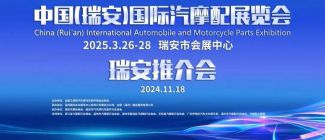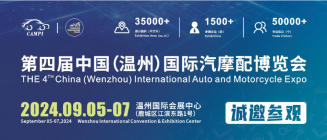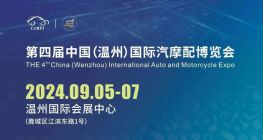Breaking through the local market, achieving the rise of the brand's global voice, and then becoming a truly global brand, is the common vision of a group of independent brands. So, on the world-class stage, independent brands shone brightly. On the first day of the Munich Auto Show, Bloomberg immediately launched the eye-catching headline "Chinese Brands Shine at the Munich Auto Show"; So, in the Southeast Asian and European markets where Japanese and German companies are deeply rooted, Chinese brands have opened up market gaps and gradually penetrated; So, in 2023, China surpassed Japan for the first time and became the world's largest exporter of automobiles with an export volume of 4.91 million vehicles.
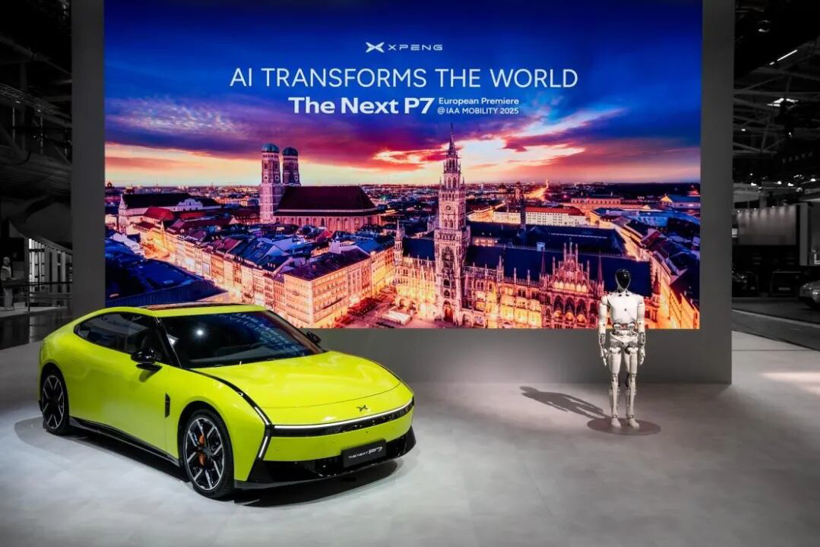
However, going global does not necessarily mean standing firm, and having sales does not necessarily mean becoming a brand. Removing the halo of numbers and facing the globalization bottleneck of Chinese brands, one will find that although exports cover over a hundred countries, it is difficult for the same model to sell well in multiple mainstream markets simultaneously; The annual export volume has exceeded 5 million units, but no car has become a global symbol that embodies the brand spirit and defines industry standards like Toyota Corolla and Volkswagen Beetle. From a global automaker to a world-renowned brand, we are not lacking in technology, market, or sales, but only in a globally popular 'global car'. 01 Global cars are essential. Throughout the century long history of the automotive industry, all car companies that eventually grow into "world brands" have at least one truly global car. Global cars are not just products sold in multiple countries, but also the inevitable result of brand evolution to a mature stage. It is based on a smooth and efficient global R&D system, industrial chain, and sales system, which embodies the brand's profound understanding of technology, culture, and user value. It not only demonstrates a distinct brand personality, but also accurately meets the needs of global users. It can be said that global cars are one of the best examples of car companies evolving into global brands and maturing in various aspects of development. And the current car market does not lack fertile ground and enthusiasm for nurturing global cars.
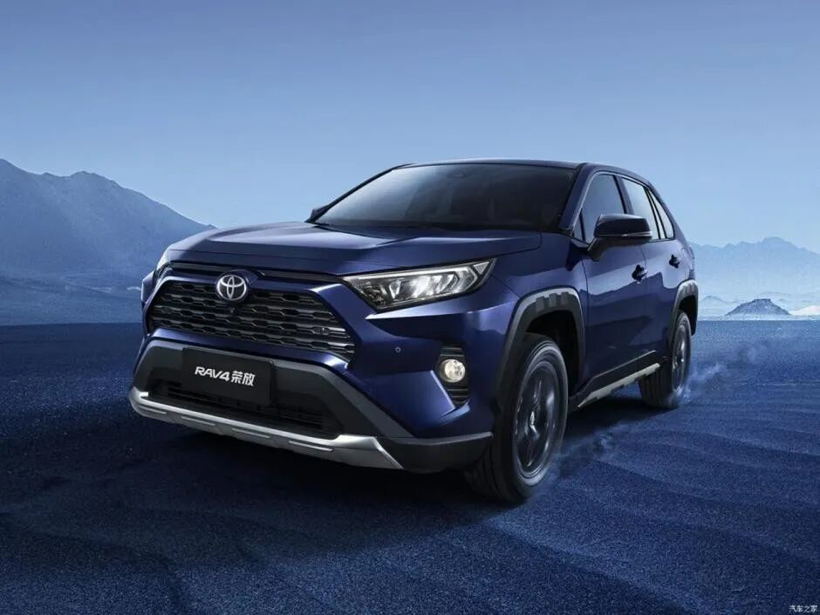
In 2024, China's automobile exports reached 5.859 million units, a year-on-year increase of 19.3%, reaching a new high. Chinese cars going global is not only beneficial for independent brands to expand their sales areas, but also a win-win situation for both the domestic market under pressure and the global market that continues to reform and upgrade. On the one hand, after more than a decade of rapid growth, the Chinese automobile market has entered the stage of stock game from incremental competition. In 2024, although China's total automobile sales reached a historical high of 31.436 million units, the year-on-year growth rate of 4.5% has significantly slowed down, and the market growth dividend is gradually peaking. More importantly, with the intensification of stock competition, the negative ecology of irrational price wars, homogeneous product clusters, and low-end overcapacity in the industry have become increasingly prominent. This not only continues to squeeze the profit space and sales potential of brands, but also restricts the expansion of car companies to higher dimensions from the perspectives of innovation power and market order. In this context, "going global" is no longer the choice of some car companies, but a collective consensus for Chinese independent car brands to break through. At the beginning of 2025, BYD set its annual sales target for overseas markets at 800000 vehicles, and in the first half of the year alone, it delivered 470000 vehicles, a year-on-year increase of 132%. This figure has exceeded its total overseas sales for the whole year of 2024, and the growth momentum is rapid; Chery Group, which has been deeply involved in the export market for many years, achieved overseas sales of over 1.14 million vehicles in 2024, accounting for nearly 50% of the total annual sales. Overseas markets have become its unshakable main battlefield; Changan Automobile has clearly released its 2025 "3311" strategic goal, with overseas sales reaching the milestone of one million vehicles, demonstrating its firm determination to enter the global market.
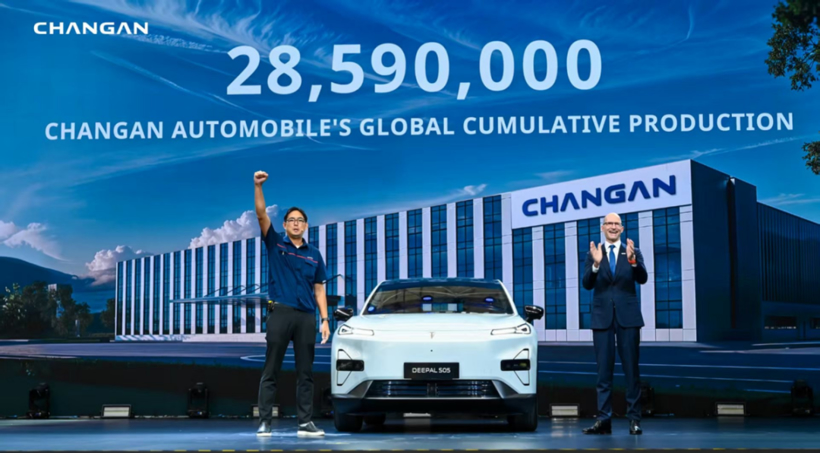
On the other hand, for the export market, the arrival of Chinese cars has a positive significance that cannot be ignored in activating market vitality and driving the upgrading of the automotive industry. In the economically underdeveloped African market, the entry of brands such as BYD has made new energy vehicles no longer a distant fantasy beyond the reach of ordinary people. The academic director of trade and industrial policy at Toyota Wessel Manufacturing Research Institute pointed out that after BYD entered the South African market, its pricing strategy was much lower than that of existing similar products in the local market, which not only had an impact on the market, but also made it easier for consumers to buy electric vehicles, effectively lowering the threshold for local consumers to purchase electric vehicles. In the Southeast Asian market where Japanese brands have been deeply rooted and almost monopolized for many years, the collective entry of Chinese car companies has completely broken down the high price barriers that the former has long built. Taking the classic Toyota Camry as an example, when the terminal price of the same model in the Chinese market has dropped to 130000 yuan, in contrast, in the Thai market, its price is still firmly locked in the 300000 yuan range, with a premium space of more than double.
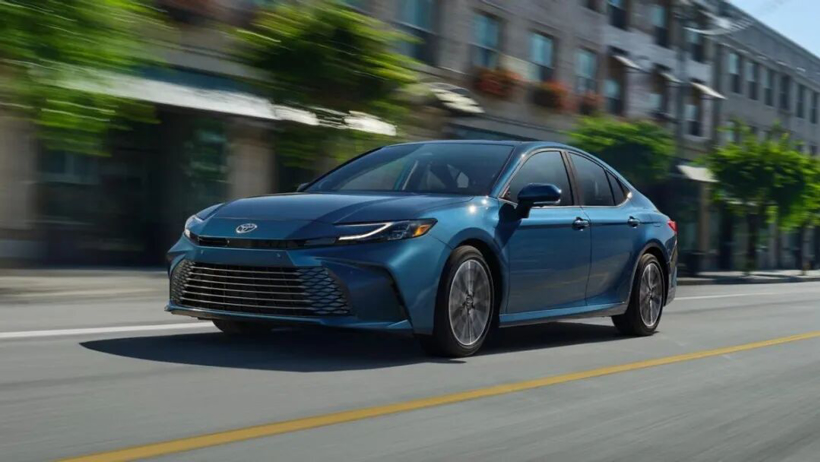
With the entry of SAIC, Nezha, BYD, Chang'an, Chery, Great Wall and other Chinese auto companies, the foam caused by monopoly and brand premium is gradually squeezed. In addition, China's leading market in electric vehicles not only promotes production capacity cooperation between Thailand's existing automotive supporting enterprises and Chinese car companies that have set up factories in Thailand, but also accelerates the development of supply chain enterprises such as batteries and charging stations, helping Thailand form a complete electric vehicle industry chain. For the European and American markets, after years of accumulation, the slow technological iteration and stagnant product experience of the lying win fuel car market; However, the locally launched electrification products and the sense of experience have led to a low acceptance of new energy vehicles among consumers, making it difficult to form a soil for the popularization of electrification. At this time, the entry of new energy vehicles in China is like a "catfish" that activates the market - relying on mature three electric technology, leading intelligent interactive experience, and product design that better meets user needs, it not only provides better choices for local consumers, but also forces local car companies in Europe and America to accelerate the pace of electrification transformation. Due to geographical barriers, it is difficult for Chinese cars to expand globally. Although the overseas expansion of independent brands is a win-win situation for all parties, and the current global automotive market has a strong demand for new energy vehicle models, the soil that nurtures global cars is already fertile. However, under strict geopolitical restrictions and trade barriers, Chinese cars have always been unable to truly knock on the door to penetrate the mainstream global market. The ideal entry into North America is to reduce maintenance and strike. "When it comes to domestic brands not having global cars, some industry insiders cited Ideal as an example. Although this impact cannot be verified in the North American market at the moment, feedback from the Russian market has revealed the potential competitiveness of Chinese car brands. In a store exploration video posted by a Russian car blogger, a showroom in St. Petersburg that used to sell Mercedes Benz has quietly transformed into selling the ideal car model. Due to the high enthusiasm of users, sales have had to raise the threshold for test drives. A 2-hour deep test drive will also be charged a fee of 15000 rubles, thus filtering out a group of wait-and-see customers. The salesperson explained, "If the test drive is free, the traffic here will explode." Despite this, there is still a continuous stream of users who come to see the car and make appointments for test drives.
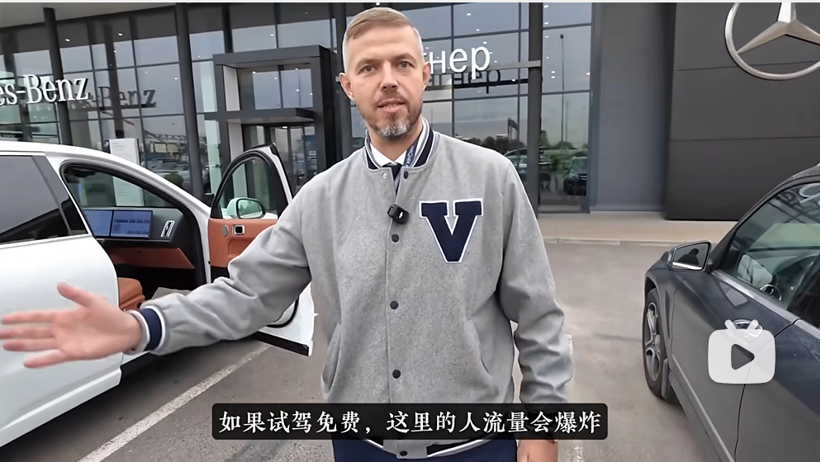
According to sales personnel, on the day of the blogger's visit, the store successfully sold two Ideal car models, namely Ideal L6 and Ideal L9. What is more noteworthy is that in 2024, Ideal achieved a monthly sales of 3000 vehicles in the Russian market with an average monthly car sales of 100000 units without official intervention and relying solely on scalpers for private resale, and the price far exceeded that of China, which shows the attractiveness of its products.
Looking at the domestic market, the ideal situation is not easy. With the increasing number of participants in the extended range track, Ideal is facing challenges from both sides, and its sales in August did not even exceed the threshold of 30000 vehicles.
Another more representative and illustrative example of China's automotive industry's "product strength but difficulty in expanding globally" is the Faraday Super One released by Jia Yueting. This model has almost identical design and configuration, except for the difference between the front large screen and the Great Wall Gaoshan 9. Even the official website page can find the word Gaoshan 9 that has not been deleted completely. The subsequent response from Wei Jianjun, Chairman of Great Wall Motors, regarding intermediary operations and assembly of parts, indirectly confirmed this rumor.

From the feedback of over 10000 orders revealed by Jia Yueting, it can be seen that this model is actually quite popular among consumers in the US market. This also indirectly confirms that the product strength of Chinese cars could have impressed global users, but due to non product factors, it is difficult to enter the mainstream market through formal channels. On one hand, the public enjoys it and is even willing to pay a premium from scalpers, while on the other hand, car companies face sales pressure and urgently need overseas markets to share domestic pressure. However, the shadow of geopolitics and the high walls of trade barriers mercilessly stand in front of Ideal and other Chinese car companies. Taking North America as an example, the United States not only imposes tariffs on whole vehicles, but also targets imported automotive parts; Under pressure from the United States, Mexico, currently the largest market for Chinese car exports, has also begun to take advantage of Chinese cars, planning to raise the import tariff rate to 50% and informally reject BYD's intention to build a factory in the local area. In Europe, the situation is also not optimistic. Since the temporary anti subsidy tax was imposed on Chinese pure electric vehicles last year, the subsequent policy direction is still unclear. This means that if Chinese new energy vehicles want to enter the European market, in addition to dealing with strict emission, safety and other regulatory standards, they also need to bear additional tariff costs, which will ultimately be passed on to consumers, greatly weakening the product's cost-effectiveness advantage. Obviously, geopolitical restrictions and trade barriers have become the core obstacles for Chinese car companies to build global cars and deeply cultivate overseas markets. However, the absence of global cars ultimately cannot support Chinese brands to leap from overseas car companies to global brands. Although the road to breaking through China's global car market is difficult, it is imperative.
03 Bi directional rush, China's global car trend is inevitableSince direct confrontation is difficult to shake the barriers, it is better to switch lanes and customize production to meet regional needs, bypass trade restrictions with localized layout, and fill in the gaps in quality and after-sales, clearing the way for the birth of global cars. Just like the Leapmotor Lafa5, developed based on the mainstream European two door car market, it is aimed at middle-aged consumers abroad and young consumers pursuing individuality in China, achieving precise matching of regional needs with the same model and two positioning. Faced with high trade barriers, localized production has become an unavoidable strategic choice. BYD builds a factory in Hungary and Xiaopeng expands its production capacity in Europe, avoiding tariff barriers while also deeply integrating into the local supply chain and consumer context, achieving a transition from export to integration. Like international brands such as Volkswagen, Honda, and Toyota, Chinese brands can only achieve truly sustainable development in overseas markets after achieving full chain localization of research and development, production, sales, and service.
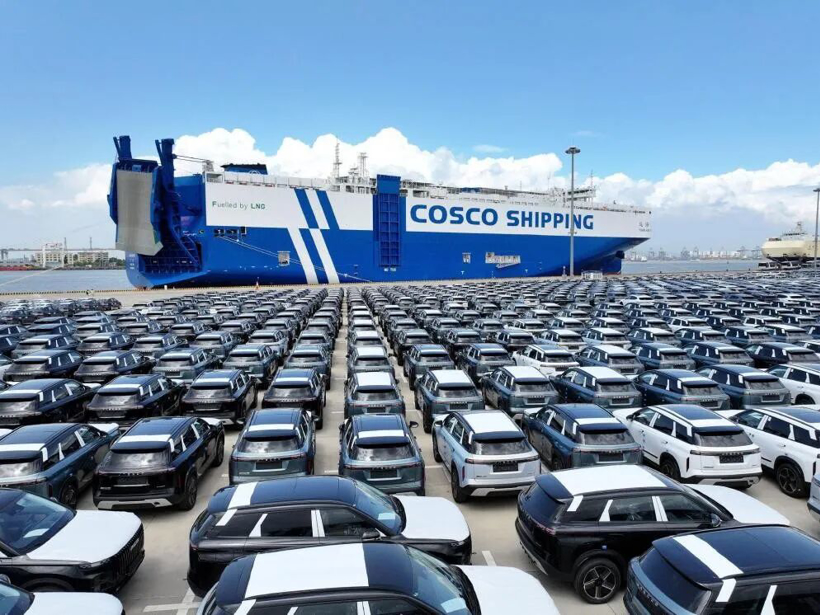
At the same time, Chinese car companies must continue to make up for their shortcomings in quality systems and after-sales services. At present, some companies still simply apply products and strategies from the domestic market, which makes it difficult for some car models to adapt to the harsh environment and usage habits in export regions. In addition, the overseas after-sales service system is not yet sound, causing consumer dissatisfaction and restricting the establishment of brand trust. However, global cars are not only a concept of sales scope, but also a symbol of quality and reputation. It needs to withstand long-term tests from different markets, cultures, and usage environments, and establish a sense of trust among global users towards Chinese brands. This is not only a challenge to technological strength, but also a comprehensive test of the entire operational system. For Chinese brands, global cars are a crucial leap from being a "car powerhouse" to a "brand powerhouse". Nowadays, top car companies such as BYD, Geely, and Chery are leading Chinese brands to continue to rise, accumulating global competitiveness in fields such as three electric technology and intelligent driving. A globally popular car is the best witness to this strength and a powerful proof of Chinese brands breaking the cost-effectiveness label and entering the global high-end camp.
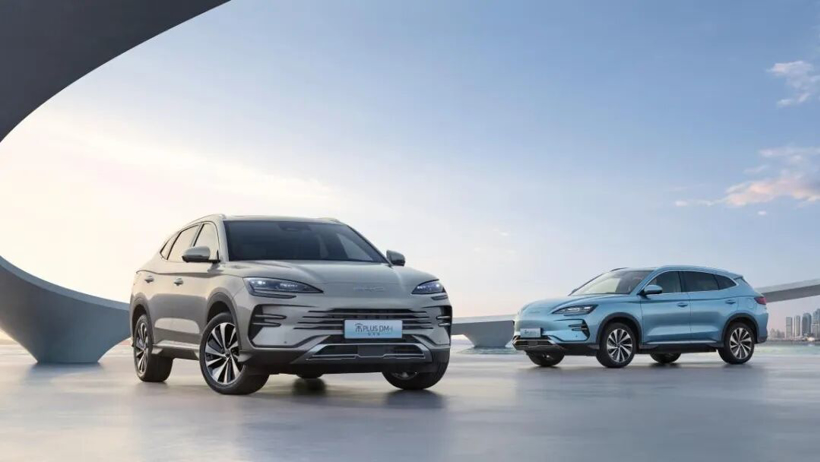
For the world, such a Chinese car is equally indispensable. In the current era of accelerating global electrification transformation, Chinese automobiles, with their mature three electric technology, leading intelligent interaction, and affordable pricing, can provide consumers with high-quality choices that are intelligent, comfortable, energy-saving, and efficient. They can also force the global automotive industry to accelerate innovation and promote the development of the entire industry towards a more sustainable and dynamic direction. Chinese brands need a global car, which is inevitable for industrial upgrading; The world needs a Chinese car, which is a fundamental requirement for market development. When the needs of both meet, the global journey of Chinese automobiles will eventually usher in a historic moment from quantity accumulation to qualitative leap.

 English
English Chinese
Chinese









